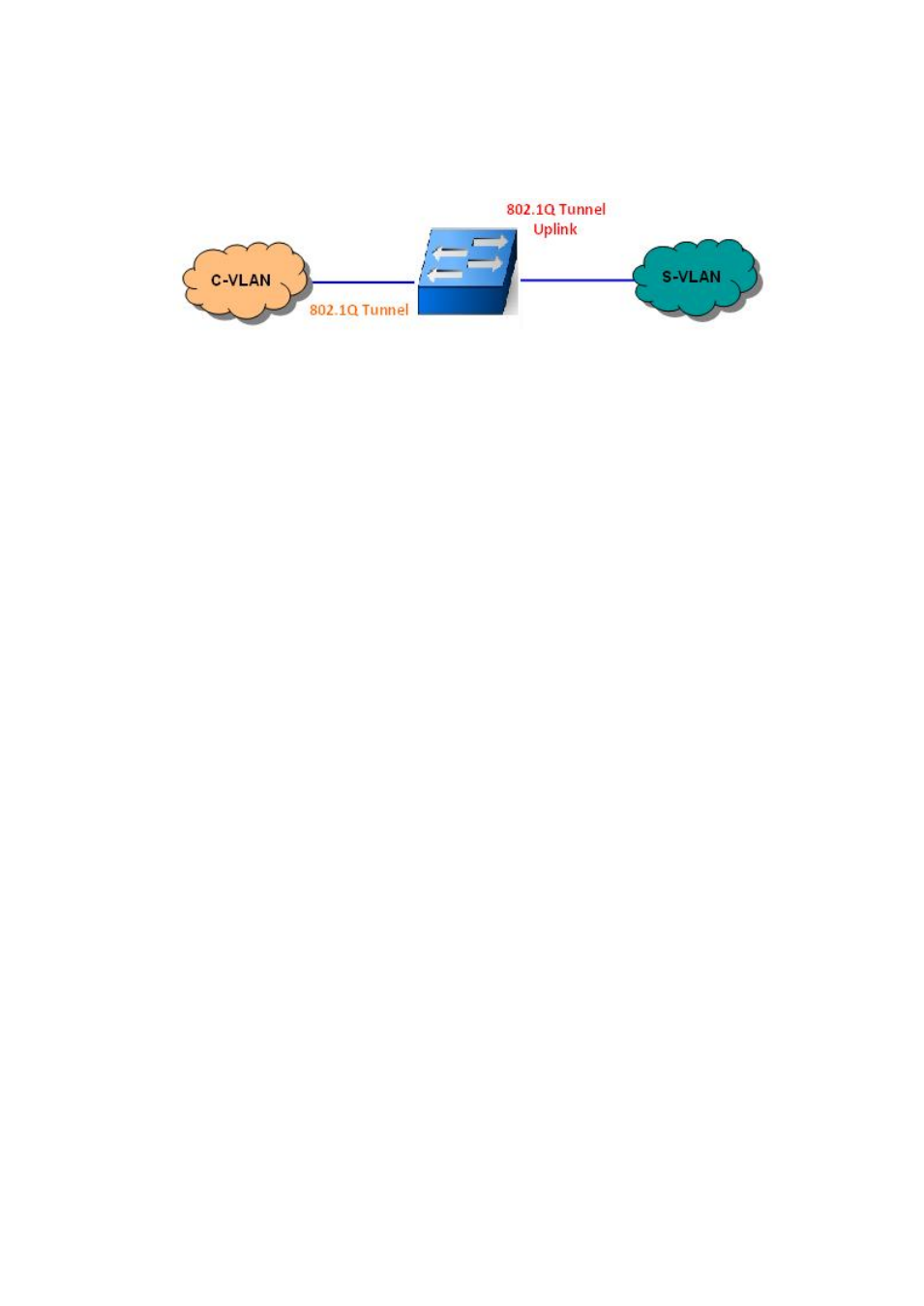Westermo MRI-128-F4G-PSE24 User Manual
Page 97

93
Tunnel Mode: This is the new command for QinQ. The command includes None,
802.1Q Tunnel and 802.1Q Tunnel Uplink. The figure shows the relationship
between 802.1Q Tunnel and 802.1Q Tunnel Uplink.
Following is the modes you can select.
None: Remian VLAN setting, no QinQ.
802.1Q Tunnel: The QinQ command applied to the ports which connect to the
C-VLAN. The port receives tagged frame from the C-VLAN. Add a new tag (Port
VID) as S-VLAN VID. When the packets are forwarded to C-VLAN, the S-VLAN tag
is removed.
After 802.1Q Tunnel mode is assigned to a port, the egress setting of the port
should be “Untag”, it indicates the egress packet is always untagged. This is
configured in Static VLAN Configuration table. Please refer to the VLAN
Configuration chapter in below.
802.1Q Tunnel Uplink: The QinQ command applied to the ports which connect to
the S-VLAN. The port receives tagged frame from the S-VLAN. When the packets
are forwarded to S-VLAN, the S-VLAN tag is kept.
After 802.1Q Tunnel Uplink mode is assigned to a port, the egress setting of the
port should be “Tag”, it indicates the egress packet is always tagged. This is
configured in Static VLAN Configuration table. Please refer to the VLAN
Configuration chapter in below.
For example, the VID of S-VLAN/Tunnel Uplink is 10, the VID of C-VLAN/Tunnel is
5. The 802.1Q Tunnel port receives tag 5 from C-VLAN, add tag 10 to the packet.
When the packets are forwarded to S-VLAN, tag 10 is kept.
EtherType: This column allows you to define the EtherType manually. This is
advanced QinQ parameter which allows to define the transmission packet type.
4.6.2 VLAN Configuration
In this page, you can assign Management VLAN, create the static VLAN, and
assign the Egress rule for the member ports of the VLAN.